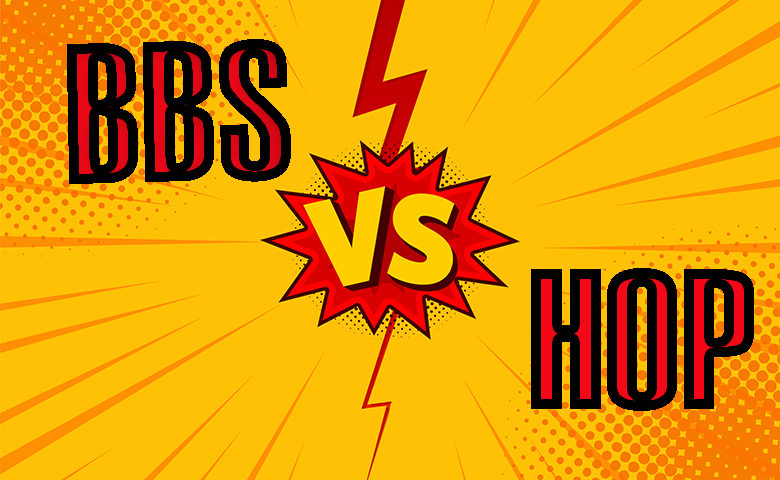When it comes to organizational safety, there are two schools of thought that are sometimes conflated or misunderstood—behavior-based safety (BBS) and human and organizational performance (HOP).
In his column for Safety Decisions Magazine, Ray Prest discussed this subject in depth, remarking that BBS and HOP can work together for safety and that, despite some claims to the contrary, they’re not necessarily mutually exclusive.
But where does this idea that HOP and BBS aren’t compatible come from? And what are these separate schools of thought exactly? As Prest explains:
In a nutshell, a HOP-based approach creates and supports frontline learning teams—one of the five disciplines outlined by Peter Senge in 1990. It also prioritizes looking at deviations from systems and processes and then making adjustments to these systems. The goal is to make production processes more friendly for people and to build room in the work environment for human error.
(…)The BBS strategy is to rely on others to provide feedback and guidance on personal behavior in their area of work. Various BBS programs espouse peer-to-peer communication and one-on-one observations and feedback systems. These are all designed around the notion that another set of eyes can offer useful insight.
The article dismantles the idea that it’s either/or when it comes to HOP and BBS. It shows how to make them fit together, pointing out that this is simply the case of combining new and old thinking. And that although they’re different, the two areas are also complementary.
However, Prest also points out that for lasting success in safety, there is a third part needed in the equation. And that part is personal safety skills. As he says in the article:
Each person needs to be able to think about human factors, errors, and systems solutions within the context of the work or task he or she is doing at any particular moment.
To be a truly safety-conscious company, HOP, BBS, and human factors awareness need to intersect. If frontline workers have an understanding of human factors, they will be able to offer not only more but also more meaningful input to the HOP team or observer. And with more and better input from frontline workers, those with specialized knowledge about engineering solutions can make additional and more accurate improvements.
This mix of knowledge, training and programs can help organizations grow by combining different approaches and fitting them together to create a safer, healthier environment for their employees.
The article is full of in-depth analyses and insightful information. It’s well worth the read and it can be found here.

